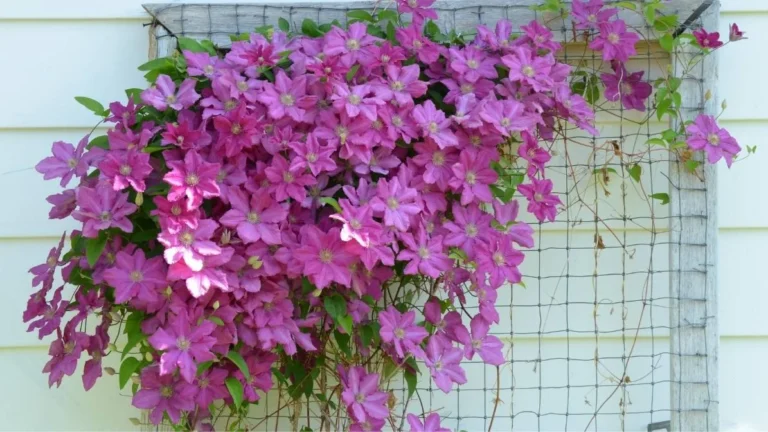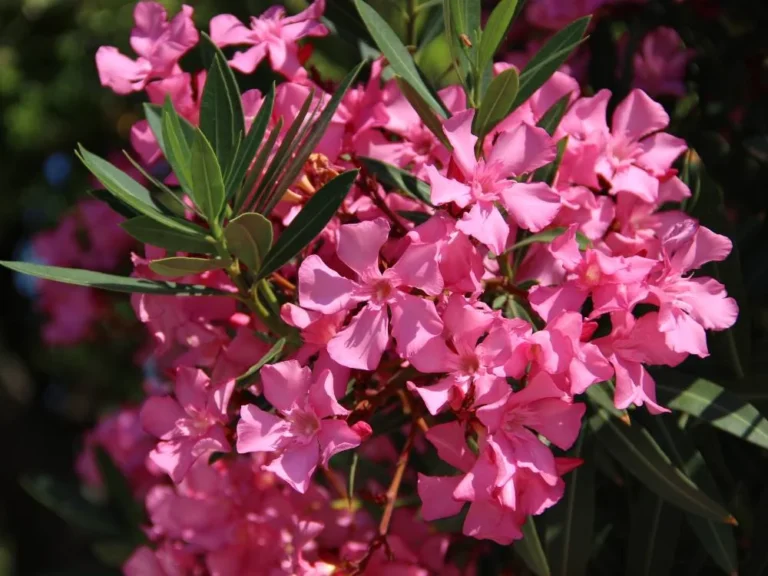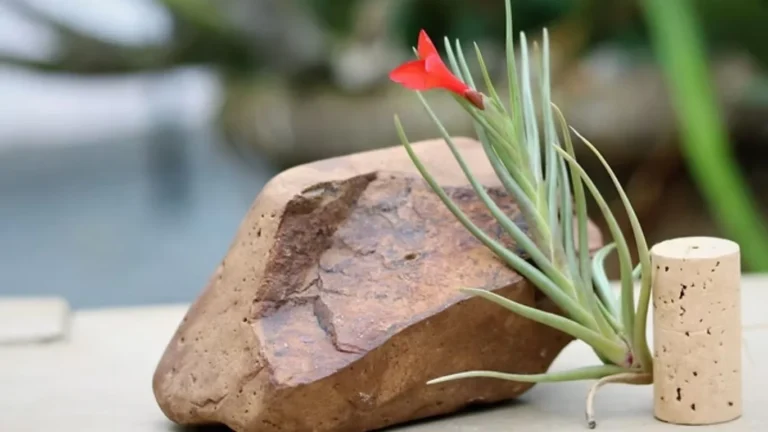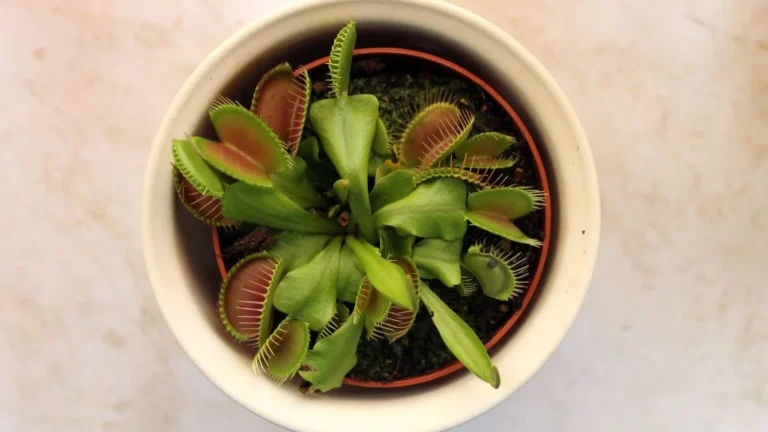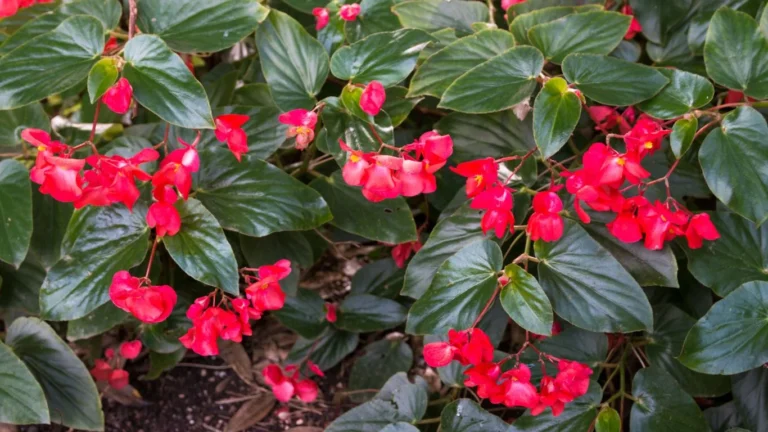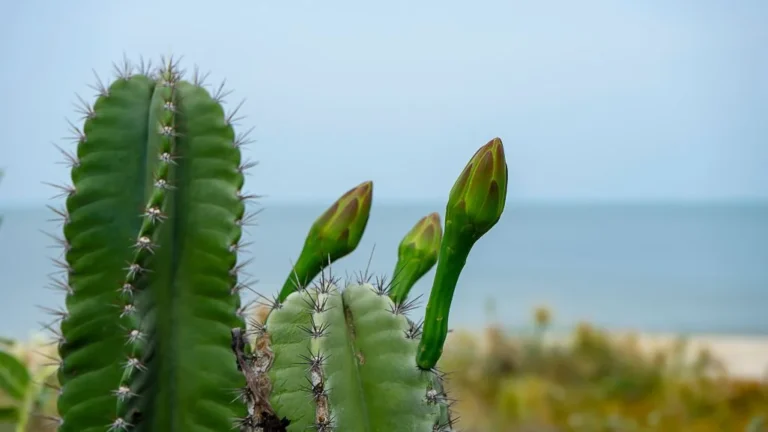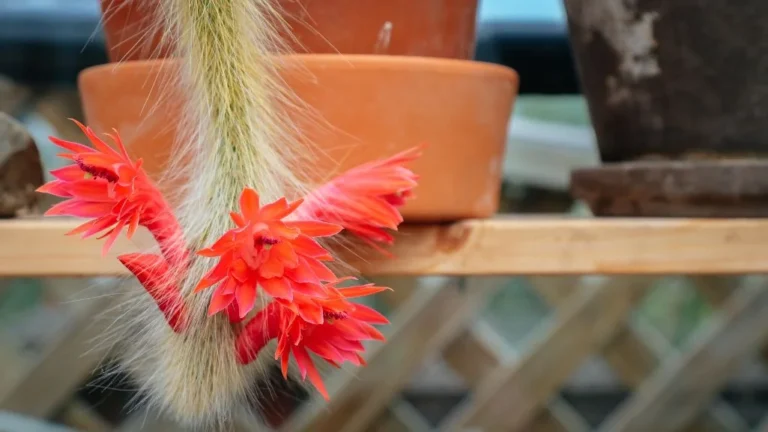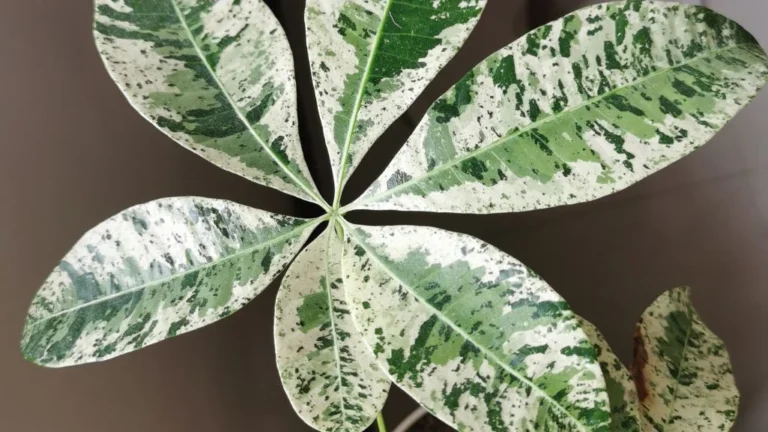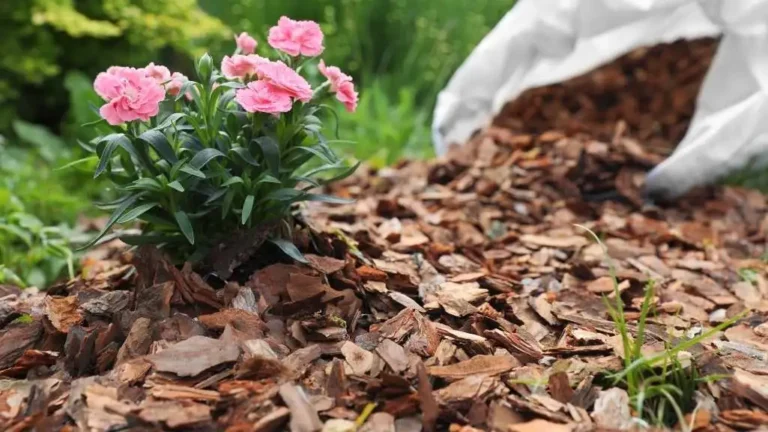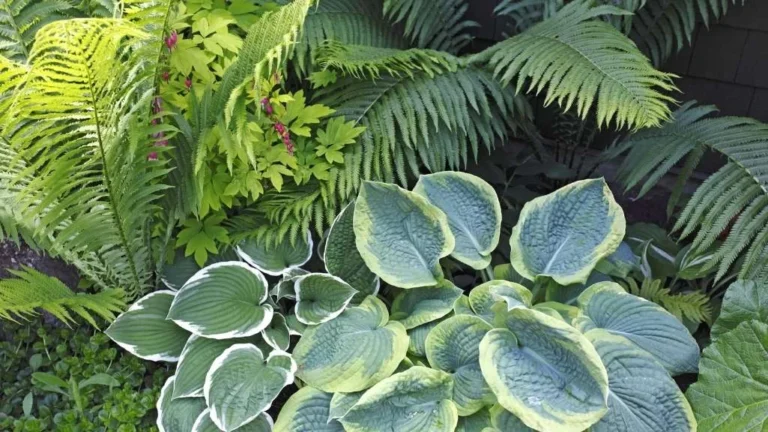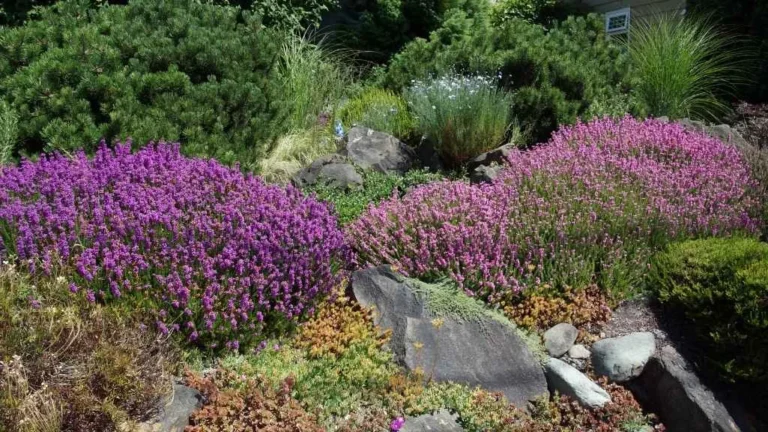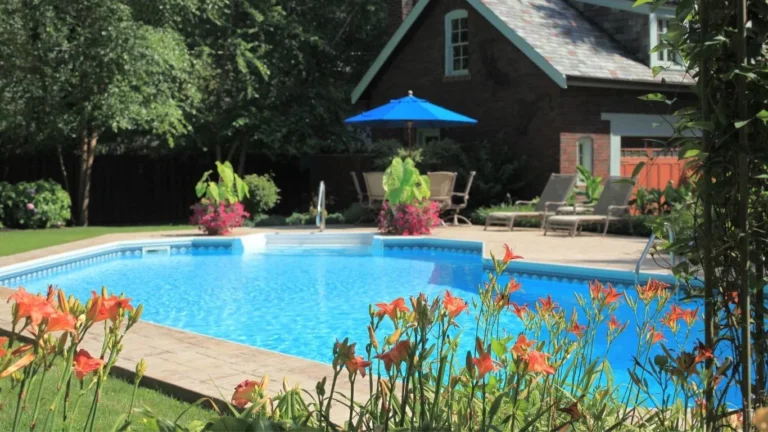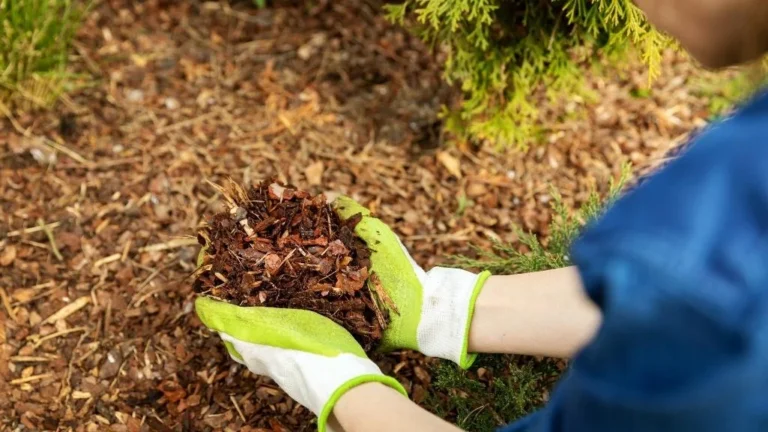If you’ve ever found yourself standing in the gardening aisle, staring at peat moss and sphagnum moss, wondering, “What’s the difference?” don’t worry, I’ve been there too! It can get confusing with all the plant care products out there. But here’s the good news: It’s actually not that complicated once you understand the basics.
Peat moss and sphagnum moss might sound similar, but they’re not quite the same. They come from the same plant family, but how they’re made and how you use them is a little different. In this guide, I’ll walk you through everything I’ve learned about these two types of moss and help you figure out if you can swap one for the other in your plant care routine.
So, let’s dive in and clear up the confusion once and for all.
Peat Moss
Think of peat moss as the older sibling of sphagnum moss. It’s been around for thousands of years, slowly forming in waterlogged peat bogs. Over time, sphagnum moss breaks down and gets packed together, turning into the soft, spongy peat moss we use today. It’s like nature’s way of making a super sponge for your plants. It’s perfect for plants that love a lot of water, but it’s not the best for plants that need good drainage.
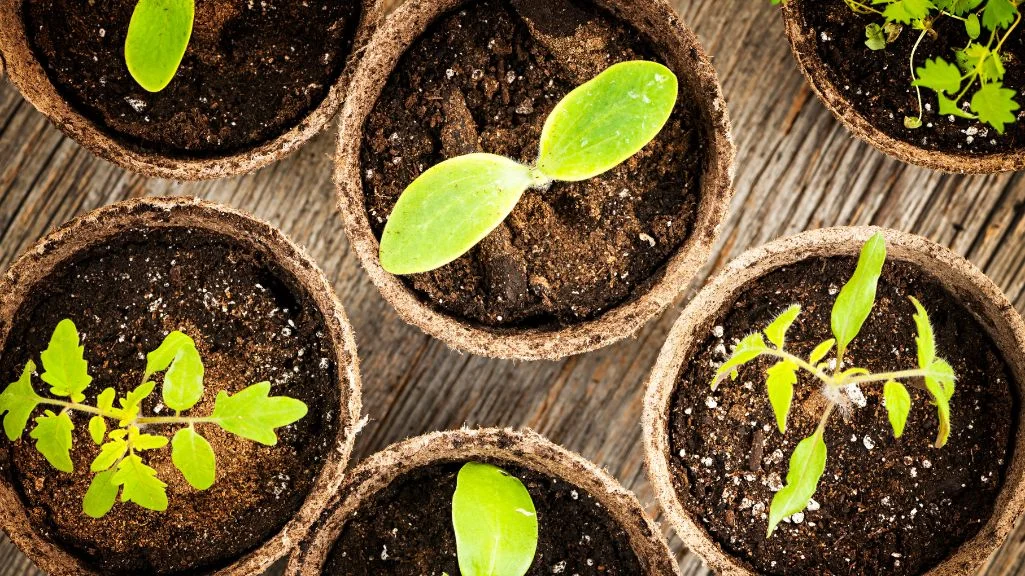
Propagation using peat moss
Why Choose Peat Moss?
Texture
Soft and crumbly, almost soil-like.
Water Retention
It’s like a sponge. Perfect for plants that need constant hydration.
Acidity
Naturally acidic, which is great for plants like blueberries, orchids, azaleas, hydrangeas, and Venus flytraps.
Nutrients
Not much on its own, so you might need to pair it with fertilizers.
However, peat moss does take thousands of years to form, as it’s created from partially decomposed organic matter in peat bogs. These bogs are critical ecosystems that act as carbon sinks, meaning they store large amounts of carbon and help mitigate climate change. Harvesting peat moss disrupts these ecosystems, releasing stored carbon into the atmosphere and reducing biodiversity. This is why the environmental impact of using peat moss is a concern among gardeners and conservationists.
What About Sphagnum Moss?
Now, let’s talk about the fresh sphagnum moss. This is the living plant that grows on top of those same peat bogs as peat moss. It’s harvested while still alive and has a totally different vibe. Sphagnum moss is super versatile. I use it to line hanging baskets, root cuttings, and even for my carnivorous plants.
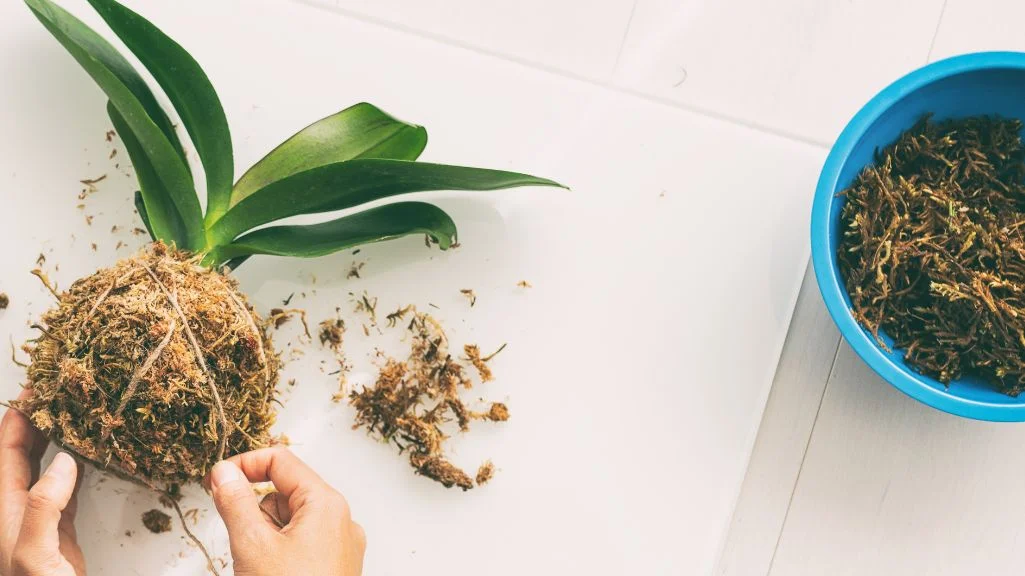
Sphagnum moss ball for orchid
Why I Keep Some Handy
Texture
Light, fluffy, and stringy, feels like a natural sponge.
Water Retention
Excellent, though it drains a bit faster than peat moss.
Acidity
Slightly acidic but not as much as peat moss.
Durability
It doesn’t break down quickly, so it lasts longer in certain uses.
Bonus: it’s a more sustainable choice since it regenerates faster when harvested responsibly.
Can Sphagnum Moss Replace Peat Moss?
The short answer? Yes, but it depends on how you plan to use it. Let me break it down for you.
Water Retention
Both peat moss and sphagnum moss are great at holding moisture, but there’s a difference.
Sphagnum moss drains water faster than peat moss. If you decide to use sphagnum moss instead, keep an eye on your plants. You may need to water them more often to keep them happy.
Acidity Levels
Peat moss is naturally more acidic than sphagnum moss, which is important for acid-loving plants like blueberries and Venus flytraps. If you’re switching to sphagnum moss, you might need to adjust the soil’s pH. Adding a bit of sulfur can help mimic the acidity of peat moss.
Longevity
Peat moss breaks down over time and mixes into the soil, gradually enriching it. Sphagnum moss, on the other hand, is slower to decompose. While Sphagnum moss is durable, you might need to replace it more often, especially if it’s used as a potting medium.
Eco-Friendliness
This is where sphagnum moss really shines. Peat moss takes centuries to form and its harvesting harms ecosystems, while sphagnum moss regenerates much faster and has a smaller environmental impact. If sustainability is important to you, sphagnum moss is the clear winner.
When Should You Use Sphagnum Moss?
There are certain times when sphagnum moss is simply the better pick. Here’s when I reach for it:
For Carnivorous Plants
Sphagnum moss is a must-have for Venus flytraps, pitcher plants, and other carnivorous varieties. It mimics the boggy, nutrient-poor environment these plants love while keeping their roots moist and happy.
Propagation Projects
Whenever I’m propagating cuttings, sphagnum moss is my go-to. Its fluffy, airy texture makes it super easy for roots to develop while holding just enough moisture to prevent drying out.
Hanging Baskets
Lining baskets with sphagnum moss is a no-brainer. It holds water like a sponge while letting the air flow freely, which is perfect for plants that love a humid, breathable environment.
Decorative Touch
When I want to create something eye-catching, like a terrarium or a decorative display pot, sphagnum moss delivers. Its natural greenish-golden hue adds a beautiful, earthy vibe that complements any plant.
My Suggestions while Using Sphagnum Moss
If you’re ready to give it a shot, here are a few tricks I’ve picked up.
Soak It First
Sphagnum moss is a bit like a sponge; it works best when it’s fully hydrated. Before using it, submerge the moss in a bucket or bowl of water and let it soak for about 10–15 minutes. You’ll notice it fluffs up beautifully, making it much easier to handle and allowing it to hold onto more water for your plants.
Mix It Up
While sphagnum moss is amazing on its own, it works even better when combined with other materials. Adding perlite gives your mix extra drainage, while coconut coir adds some heft and water retention. Together, they create a potting mix that provides the perfect balance of moisture, air circulation, and structure.
Test the pH
If you’re growing acid-loving plants like Venus flytraps, blueberries, or orchids, it’s essential to get the pH just right. While sphagnum moss is naturally slightly acidic, it might not be enough for some plants. You can test the pH using a simple soil test kit. If it needs adjustment, adding a bit of sulfur or an acidifier can help create the perfect growing environment.
Replace as Needed
Unlike peat moss, which breaks down into the soil over time, sphagnum moss retains its structure longer. However, it isn’t indestructible. Over time, it can start to break down, especially in heavily used environments like hanging baskets or propagation setups. Keep an eye on its condition, and replace it when it starts to lose its spongy texture or begins to smell funky (a sign it’s decomposing).
While sphagnum moss and peat moss have their differences, you can absolutely swap one for the other in many cases. Sphagnum moss’s eco-friendliness and versatility make it a favorite of mine.
So, next time you’re standing in the gardening aisle, wondering which moss to pick, give sphagnum moss a try. Your plants and the planet will thank you.
Frequently Asked Questions
Can sphagnum moss be used instead of peat moss?
Yes, sphagnum moss can be used instead of peat moss. It retains moisture well, provides good aeration, and is ideal for plants like Venus flytraps.
Are peat moss and sphagnum moss the same?
No, peat moss and sphagnum moss are not the same. Peat moss is decomposed sphagnum moss harvested from bogs, while sphagnum moss is the living or dried, fibrous plant. Peat moss is dense and acidic, while sphagnum moss is lighter and airy.
Is peat humus the same as peat moss?
No, peat humus and peat moss are not the same. Peat humus is the fully decomposed material found at the bottom of peat bogs, rich in nutrients but dense. Peat moss is partially decomposed sphagnum moss from the upper layers, lightweight, and used for moisture retention and soil aeration.


